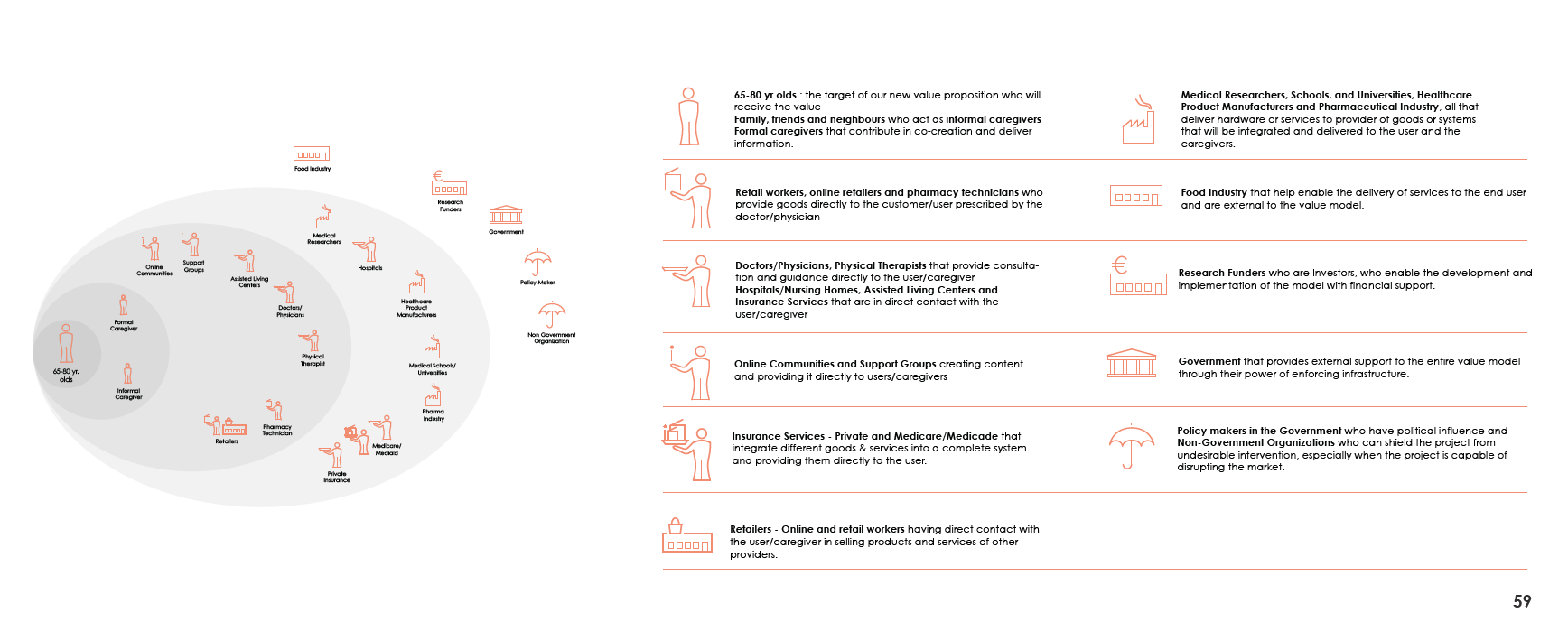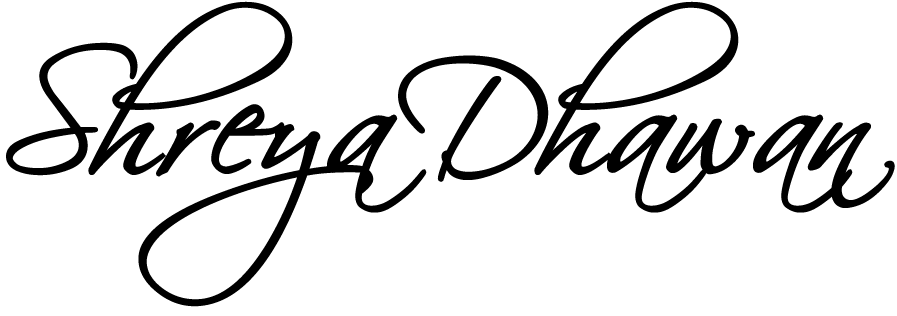SCAD collaborated with Philips Healthcare to research and develop concepts to complement and enhance existing blood pressure management treatments using digital services and connected product interventions. It was the first time that the folks from Philips with their headquarters in Andover, MA came to collaborate and explore the SCAD talent.
We were required to look into the needs, expectations and experiences of pre-diagnosed hypertensive patients throughout diagnosis and management of blood pressure and develop the required interventions based on our research.
INITIAl Research | alignment
Worked with an interdisciplinary team consisting of Service Designers, Industrial Designers and an Interaction designer from different cultural backgrounds and understandings, both undergraduates and graduates.
I was actively involved in populating an initial mind-mapping to understand the bigger picture and its various elements, curating a research plan and a project timeline laying out goals and deliverables at each stage of the project.
We split into four teams to begin our secondary research - Lifestyle, Awareness, Access and Management as they formed our four pillars of research. Being a part of the lifestyle team, we thoroughly investigated the role of lifestyle as a factor of both development and treatment of hypertension.
We indulged into an initial affinitization session to define our research questions to broadly understand our problem-solution space and further study the importance of behavioral economics in the project.
Primary Research | Interviews
Gathering the secondary data, we jumped into the field to speak to actual users. My role included conducting informal and formal contextual interviews with patients, caregivers and other important stakeholders to develop empathy and map and understand the core of this stemming issue. This included visits to various nursing homes and foster care homes, carefully observing and soaking in the environment of our users.
Synthesis | Analysis
As a part of the synthesizing the information, I took up the task of using Elke den Ouden’s ecosystem map framework to analyze the market research and chart how the system is affected by different actors, entities and flows through different layers of the system - Goods & services, intangible value, information and money. By experimenting with the actor’s roles and their positions, an understanding was gathered of how the potential solution would change the system at a broader level. Opportunities arose from introducing new actors and removing old ones from the system.





With my small team of fierce affinitizers, I undertook a second round of affinity mapping, now with a larger set of data points from the secondary as well as the primary research. This stage took a little longer than anticipated due to the untimely hurricane that displaced all the SCAD Students away to the Atlanta campus. Further, we carried on the process in multiple stages at the GA Tech library in Atlanta and developed a set of pink sticky insights to pave way for the ideation process.
Personas | User Journey Maps
The insights were used to perform two major tasks - build user personas and develop user journey maps. Being a curator of the user journeys, I learnt the importance of tailoring the maps and finding the right ways of visualizing them for different personas. We found a striking overlap between our user's journey's and their interaction with the different phases of our research pillars. We are able to create tailored journeys for each of our personas throughout their lifestyle, awareness, access and management phases.
IDEATION |CONCEPTUALIZATION
Brainstorming on ideation and creating quick sketches and ideas, creating useful scenarios for our users. A synthesis and creation of new ideas, and the development of a system focused solution. I contributed by pitching in my ideas and a finished concept which was then taken forward and combined with another concept to become our final deliverable.
We defined our design principles in the process and diverged into sub-teams to focus on the various arms of our final concept delivery.
I was further involved in creating the service blueprint for our product-service intervention (Cannot be completely disclosed) and creating the Launch booklet which would assist the understanding and the usage for our proposed solutions to Philips.
We delivered a great project to Philips by the end of week 10 and were appreciated of all the hardwork and amazing work put together by us. The project was a success and was a wonderful learning experience.









